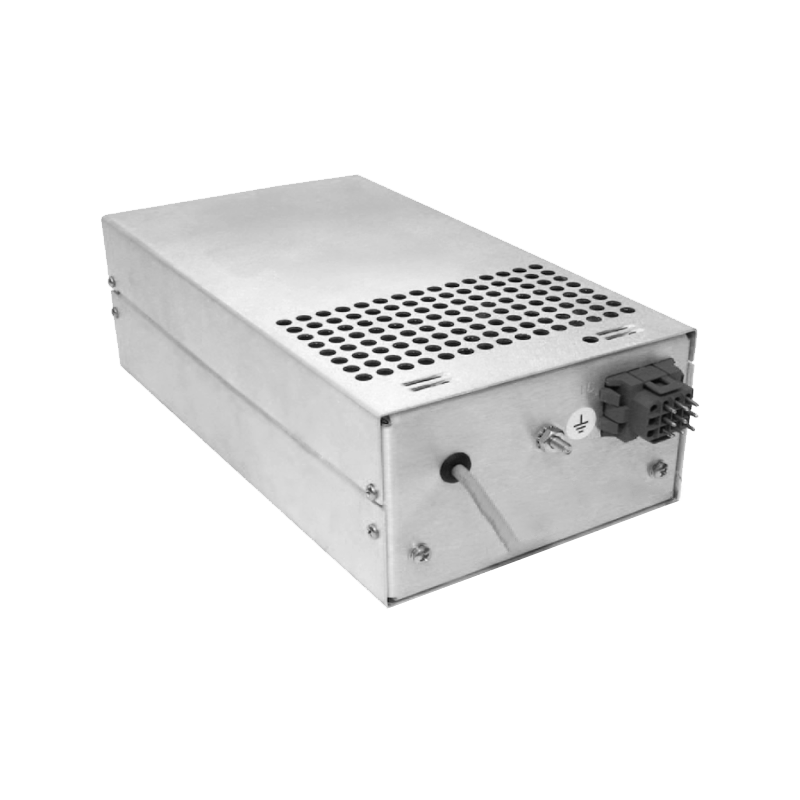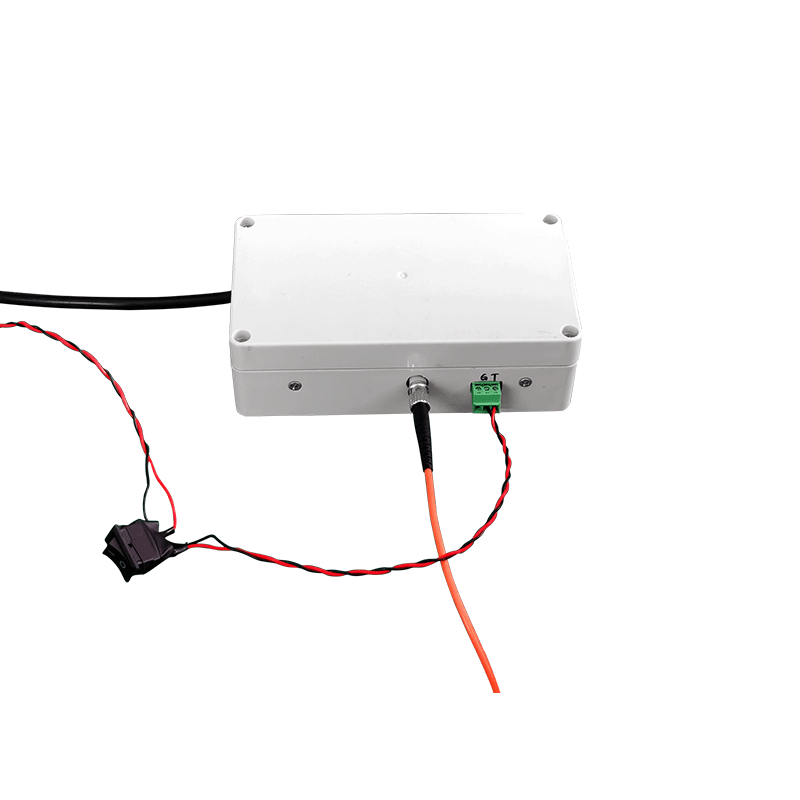Portable Design of Compact High-Voltage Power Supplies: Technological Approaches and Applications
The portable design of compact high-voltage power supplies represents a significant breakthrough in power electronics, centered on the integration of high power density, efficient energy conversion, and intelligent control. This article analyzes the technical architecture, key challenges, and application scenarios.
I. Innovations in Technical Architecture
1. High-Frequency Switching Topology and Novel Rectification Techniques
Traditional linear power supplies are obsolete due to bulk and inefficiency. Modern portable designs employ high-frequency switching topologies (e.g., half-bridge resonant circuits, bidirectional voltage-doubler rectifiers), operating at frequencies above 7.5 kHz to shrink transformer and filter component sizes. For instance, bidirectional voltage-doubler circuits reduce output ripple to below 0.3% while minimizing capacitor voltage ratings, eliminating volume redundancy.
2. Integrated Power Modules
Portable design requires compact high-density energy storage and efficient inversion:
Energy Storage: Lithium battery packs (24V) combined with Buck converters enable wide input voltage ranges (180-250V).
Inversion Unit: IGBTs or MOSFETs form full/half-bridge inverters, coupled with high-frequency transformers (ferrite cores). Segmented winding reduces distributed capacitance, boosting efficiency to >75%.
3. Digital Intelligent Control
DSPs (e.g., TMS320F28335) enable real-time feedback and protection:
Voltage/current signals sampled via AD652 chips are transmitted optically to the DSP;
PI algorithms dynamically adjust PWM duty cycles at hundreds of kHz.
This design ensures ±1% output stability and integrates overvoltage/overcurrent protection.
II. Key Challenges and Solutions
1. Thermal Management vs. Size Constraints
Heat Dissipation: IGBTs mounted on finned heat sinks with black coatings enhance radiation. High-heat zones use embedded flat heat pipes (e.g., copper-core PCBs), reducing thermal resistance by 20%-35%[citation:10].
Structural Optimization: Metal PCBs (aluminum-clad) replace FR4 boards for better conductivity; power devices are positioned near edges to leverage airflow.
2. High-Voltage Insulation and Reliability
Transformers are potted with epoxy resin to enhance insulation and moisture resistance;
Polytetrafluoroethylene fillers in compact modules prevent creepage discharge.
3. Energy Efficiency Optimization
Fill Ratio Control: Experiments show deionized water at 40% fill ratio delivers optimal heat transfer[citation:10];
Light-Load Management: Resonant circuits reduce no-load losses, addressing instability in narrow-pulse operations (<1mA).
III. Applications and Future Trends
1. Industrial and Medical Fields
Cable Fault Detection: Portable units output 18kV DC to drive glow discharge in confined spaces, improving fault location efficiency by 50%;
Medical Imaging: Replace bulky supplies in X-ray enhancers with 25kV/1mA adjustable outputs, enabling device miniaturization.
2. Emerging Technologies
Piezoelectric Transformers: Coreless designs leverage piezoelectric effects for voltage boosting, ideal for micro-medical robots;
Multi-Energy Integration: Solar storage and wireless transmission support self-powered high-voltage outputs in field operations[citation:10].
Conclusion
Portable high-voltage power supplies rely on synergistic advances in circuit topologies, materials science, and control algorithms. Future adoption of piezoelectric materials and wide-bandgap semiconductors (e.g., SiC) will further increase power density, expanding applications in renewable energy systems and wearable medical devices.




















